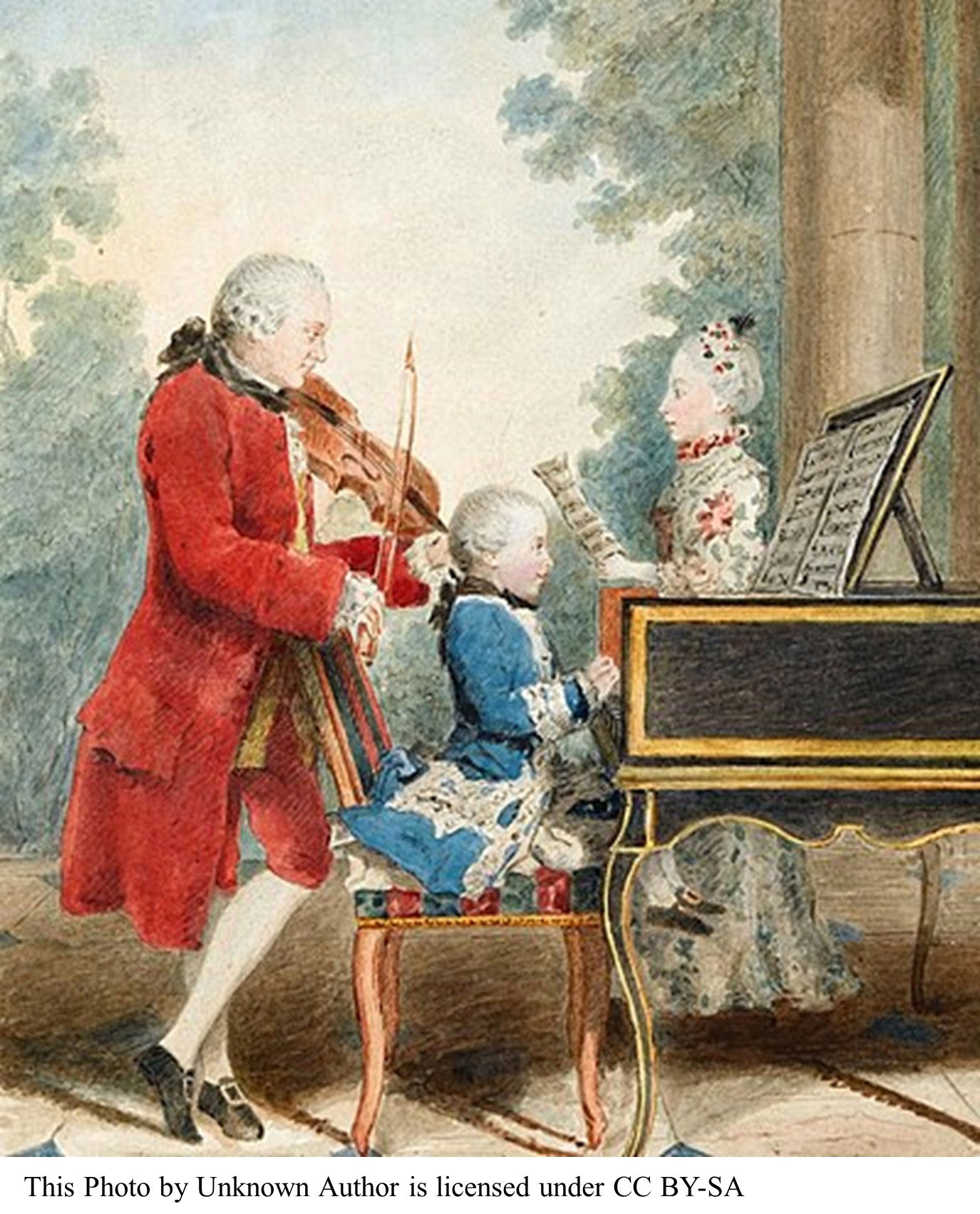How to Choose the Best Music for a Concert Band

Selecting music for a concert band is an art that requires careful consideration and a keen understanding of both the band's capabilities and the musical nuances embedded within a piece. A band director plays a pivotal role in this process, serving as a guiding force in selecting music that not only challenges the ensemble but also ensures a fulfilling musical experience. Here's an in-depth guide on how a concert band director can assess and determine if a band piece is suitable for their band.
Understanding the Band's Proficiency Before delving into the selection process, it's crucial for a band director to comprehend the band's proficiency level. Assessing the instrumental skills, tonal quality, technical abilities, and overall musical comprehension of the band is fundamental. This knowledge forms the cornerstone for selecting appropriate music that aligns with the band's current capabilities while gently pushing them to new heights.
- Assessment of Technical Skills: Evaluate the instrumental expertise of the band members. Consider factors like range, dexterity, articulation, and intonation. A piece that aligns with the band's technical abilities ensures a smooth learning process. Those musicians that play first parts, (first trumpet, clarinet, etc.) will, of course, be able to play a wider range, have better breath control and dexterity and other higher level skills than the second or third part players. It may be necessary to evaluate the players with the lesser skills to be sure that the music being considered doesn’t exceed these levels.
- Tonal Quality and Ensemble Balance: Understanding the ensemble's balance and tonal quality is essential. Assess the strengths and weaknesses of various sections and individual players to ensure the selected piece does not overwhelm or underutilize any specific section. It seems that each year, the composition of a band changes. A conductor may find that a fair number of excellent players have moved on (graduated or found other interest, etc.). They are then left with less experienced players.
- Musical Complexity and Challenges: Analyze the band's comfort with various musical complexities such as rhythmic intricacies, key changes, time signatures, and dynamic contrasts. Gradually introducing challenges without overwhelming the band is vital for growth. This gradual introduction is known as the Pygmalion Effect and is very effective in improving a concert band’s performance and skill levels.
Evaluating the Piece
Once armed with an understanding of the band's capabilities, the band director can meticulously examine a potential piece to ascertain its suitability. Several criteria can be considered:
- Scoring and Instrumentation: Review the instrumentation required for the piece. Ensure it aligns with the available instruments within the band. Verify that the piece provides opportunities for all sections to contribute meaningfully to the performance. Not every piece will meet the needs of a particular band. Salt Cellar Creations is eager, willing and able to adjust any of its music to fit a particular band’s needs. Once you peruse the offerings for BAND, you can decide if any changes need to be made and can CONTACT US for information about changes.
- Level of Difficulty: Carefully assess the technical demands of the piece. Evaluate the range, speed, and complexity of rhythms. Compare these elements with the band's skill level to determine if the piece poses a suitable challenge without being overly daunting. Remember that the lower parts need to be considered as much or more than the top parts.
- Musical Style and Theme: Consider the musical style and thematic elements of the piece. Ensure it aligns with the band's musical interests and abilities to evoke a sincere and passionate performance.
- Teaching Opportunities: Look for pieces that offer teaching moments. A piece that introduces new techniques or musical concepts can be valuable in the band's educational journey. Salt Cellar Creations has a number of pieces that fit well into this category. With music from SCC, a conductor can introduce concepts like musical form, especially with Rockin’ Rondo, which is a full classical rondo. Time signature changes and relative major and minor keys are explored in Baroquen Carriage. For trumpets, there are some alternate fingerings required to play parts of the arrangement of Bridge Over Troubled Water. And Minuet in Four is a great introduction to Bach
- Audience Appeal: Consider the potential audience's preferences and the context in which the piece will be performed. A piece that resonates with the audience while showcasing the band's strengths can be highly rewarding.

The Decision-Making Process
After a thorough evaluation, the band director should weigh the gathered information against the band's proficiency level and objectives. It's essential to strike a balance between comfort and challenge, fostering growth and maintaining enthusiasm within the band.
- Listen and Play-through: Listen to recordings and, if possible, obtain a score to play through the piece. This practical experience can provide invaluable insights into the challenges and overall feel of the music. The recording offered by SCC are computer renderings of the score so that the conductor and the band can hear what it’s supposed to sound like. Be sure to let the band hear the music being considered as well. They may not have the final say, but it’s always good to have their input.
- Consultation and Rehearsal Consideration: Discuss the potential piece with fellow music educators, seek their opinions, and consider how the piece fits into the band's rehearsal schedule and overall educational objectives.
- Flexibility and Adaptability: While selecting a piece, maintain a degree of flexibility. Consider modifications or adaptations that could make a challenging piece more accessible or vice versa. Salt Cellar Creations can make changes if you CONTACT US for information. Remember that copyrighted music cannot be changed without the composer or arranger’s permission.
- Long-Term Planning: Align the selected piece with a long-term vision for the band's growth. Consider the trajectory of development and how the selected music contributes to this evolution. It may have to go into a rotation to account for waves of talent that seem to come and go in a band, especially in a school setting.
Conclusion
Selecting suitable music for a concert band demands a delicate balance between challenge and comfort, tailored to the band's abilities and objectives. A band director's ability to assess the band's proficiency level and effectively evaluate potential pieces is instrumental in nurturing the band's growth and delivering exceptional musical performances.
By considering the technical aspects, musical complexity, audience appeal, and teaching opportunities, a band director can confidently choose pieces that inspire, challenge, and showcase the band's talents, ensuring a fulfilling musical journey for both the performers and their audience.
Salt Cellar Creations understands the diversity of beauty and power that a Concert Band can convey to its listeners and has a growing library of original works and arrangements. Explore the offerings HERE.
SCC can also compose an original piece for you or do a custom arrangement for you. There are two ways that this can be done; one is much more affordable than the other. And SCC is always looking for ideas of pieces to arrange or suggestions for original pieces.
We have sold music not only in the US but in Canada, the United Kingdom, France, Australia, and New Zealand. Please visit the WEBSITE or CONTACT US to let us know what we can do for you!